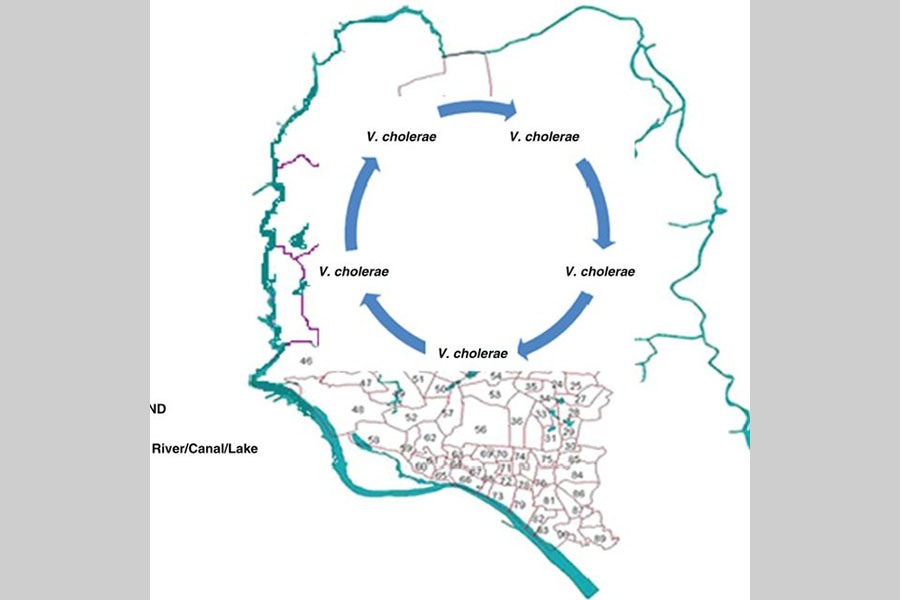As part of a renewed emphasis on the country's waterways, the 110-kilometre circular route around the capital duly came up for consideration. It could not be materialised for 10 low-height bridges built by the Local Government Engineering Department (LGED), the Roads and Highways Department (RHD) and the Bangladesh Railway (BR). All across the country, such low-height bridges stand at a staggering number of 805. Now they have to be knocked down before recovering the water routes to be made operational under a comprehensive plan. The low-height bridges came to light when the whole gamut of river channels' navigability and water pollution were brought under scrutiny by a task force constituted last year for suggesting remedial measures. This was an additional problem created by government agencies on top of eviction of land grabbers and clearance of river channels through dredging or otherwise.
Thus the Executive Committee of National Economic Council (ECNEC) recently approved 10 projects worth Tk 25.7542 billion under which the bridges of improper heights will be taken care of for watercraft to get past such bridges. It is a sad commentary on the way different government agencies ignored the Bangladesh Inland Water Transport Authority's (BIWTA's) request for not constructing at least quite a few around the capital in recent time. Now those will have to be knocked down and replaced by ones with proper height involving double the cost. Had there been enough coordination between such government agencies, things would not have come to such a pass, causing waste of money, resources and labour. The problem took a turn for the worse when an unused bailey bridge at Aminbazar collapsed following a sand-laden bulkhead's collision with it. The concrete bridge parallel to the fallen bridge is used but like the latter, it is also of lower height. So, the movement of launches and cargoes on the Sadarghat-Gabtoli-Ashulia route has long been hindered.
Of the 110-kilometre waterways, the Sadarghat-Gabtoli-Tongi-Demra segment has a total of 15 bridges, of which 10 are of very low height. They have to be dismantled for making this portion of the circular route fit for water vessels' operation. But more daunting will prove the redesigning of the Tongi railway bridge. Vertical clearance of a bridge from the standard high water level (SHWL) ought to be no less than 25 feet or 7.62 metre and the space between two pillars 100 feet or 30.48 metre. To raise the Tongi railway bridge, 8,000 feet railway track will require resetting. Additionally, the Tongi railway station will have to be reconstructed.
Clearly, coordination between government agencies is conspicuous by its absence. In fact, the planners earlier gave up on river channels and waterways all across the country. Now the environmental damage and higher transportation costs of goods and commodities have made it incumbent that the country riverinegifts for reaping benefits in terms of both healthier environment and cheaper carrying costs. There is no doubt about the merit of the projects that seek to cure the man-made malaise. It is worth spending the money on revival of not only the circular water routes around Dhaka city but also on such waterways all across the country.


